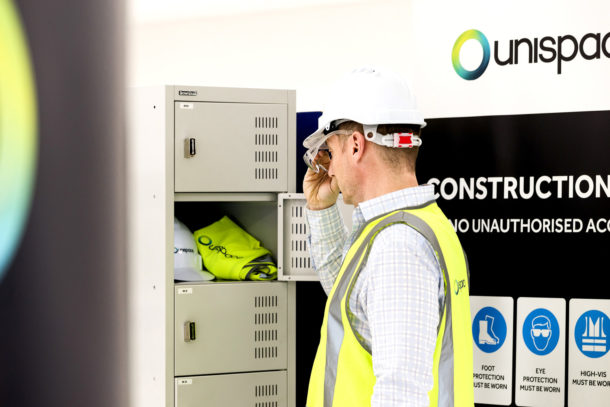Working in construction can be tough but equally rewarding. This job includes operating various equipment and machinery, which can result in accidents and injuries if safety tips are overlooked. If you are an engineer, you may have learned about these when studying for your engineering management masters.
To keep yourself and everyone else at a construction site safe, it is essential to follow safety rules and construction procedures correctly. This will prevent mishaps, severe injuries, and, God forbid, any casualties. Below, we have compiled a list of some common safety tips you should remember:
Why Is Construction Site Safety Crucial?
Since most construction sites use heavy equipment, sharp tools, and bulky machinery, they pose safety hazards to employees working on the site. Ignorance can lead to fatalities, injuries, and other issues. Construction site safety is crucial for:
- Public protection
- Adherence to public regulations
- Employee safety
- Credibility as a construction group in the building industry

10 Top Construction Site Safety Tips
1. Never Yank Equipment By the Cords
Yanking the cords will not only damage the equipment or machinery, but it can also cause serious injury based on the type of machine being handled. For example, yanking equipment with a sharp blade can cause it to cut its cord or cut deep into your skin. It can even hit another employee working near you. Keep cords away from heat and oil to prevent slippage, fires, and electrocution.
2. Stay Aware of Your Surroundings
Staying alert and knowing what is happening in your surroundings is an essential part of being a construction worker. This will keep you aware of hazardous machinery, low clearances, and overhead lines.
3. Perform Regular Inspections On Height Safety Equipment
Top quality, reliable, and durable height safety equipment must be used at a construction site. It is even more important to perform regular inspections to protect the equipment from heat and direct sunlight. Exposure to these may lead to wear and tear, which can compromise the durability and strength of the equipment.
4. Ensure Scaffolding Is Erect
This may sound like an obvious one, but it is highly essential for scaffolding to be placed on a solid surface and to make sure it stays erect. Scaffolding must never be constructed on loose gravel on top of ice or rugged terrain, as this can lead to falls and serious injuries.
5. Maintain Your First Aid Kit
Keep your first aid kit updated and regularly check it to ensure you have medicine and other supplies ready for use at any moment. Keep painkillers, disinfecting ointment, cotton swabs, cotton balls, bandaids, bandages, and other supplies in sufficient amounts. You never know what may come in handy and when you will need to use the supplies.
6. Use Tall Ladders
Using ladders taller than what you need will prevent unwanted stretching and falls. Make sure to use a ladder at least 3 to 4 feet taller, as this will ensure a safe climb. Also ensure the ladder has a level where you can stand and work, and place your equipment. It is ideal if it has hooks where you can hang supplies as well.
7. Wear a Safety Harness
A safety harness is necessary, especially when working at a substantial height. Harnesses ensure an employee stays safe and prevents them from falling due to slips, unconsciousness, or injuries. More on fall arrest harnesses, a vital component of workplace safety, can provide additional information about how these devices function and offer a comprehensive solution to prevent life-threatening falls, ultimately giving peace of mind regarding safety.
8. Establish a Safe Descending and Ascending Strategy
Most injuries on construction sites result from poor machinery or structure ascending and descending techniques. Make sure to keep a 3-point stance when getting on any structure or machinery. Ensure that both feet and a hand or both hands and one foot is stable and placed flat on a solid surface.
9. Replace Faulty Equipment Immediately
Any damaged or faulty equipment can act out of control and become extremely difficult to handle. It can cause injuries, result in serious damage, and also cause losses. Inspect all machines, tools, and equipment before use and always replace the ones that seem to act faulty. Replace worn harnesses, cables, and cords for added employee safety.
10. Restrict Crowding Around Machinery
Staying clear of operating machinery not only affects work quality and work speed but also guarantees safety. Crowding the area where a large machine is operational is highly unsafe and can result in horrible injuries. It is best to place a sign that restricts crowding around machinery.
Endnote
The safety tips mentioned above will not only keep you safe but will also ensure employee safety. Remember that giving importance to safety over convenience is essential to prevent casualties and will ensure peace of mind amongst all construction site workers.




Join the conversation: